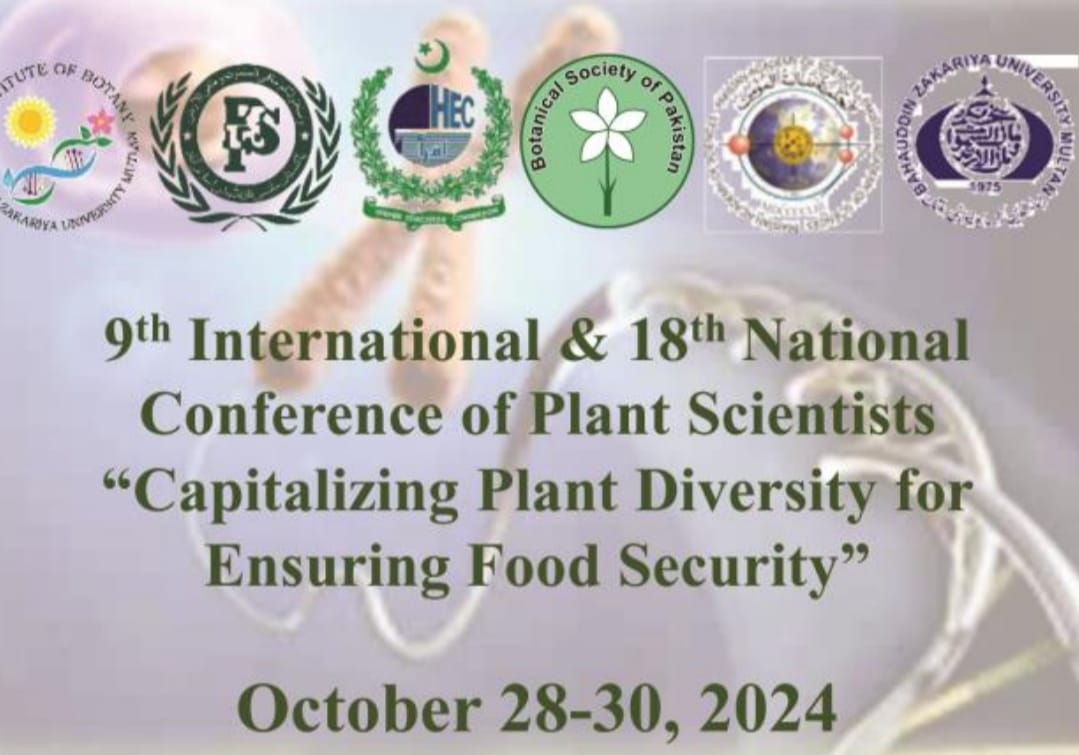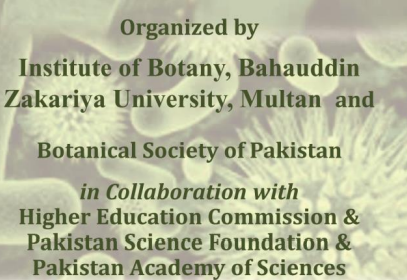
PJB-2024-306
Integrating morphological and molecular data in plant taxonomy
Wajid Zaman, Asma Ayaz and Seonjoo Park
Abstract
Integrative taxonomy, which merges traditional morphological data using molecular techniques, is transforming plant taxonomy by creating a more accurate and comprehensive framework for species identification, classification and phylogenetic relationships. While morphology-based taxonomy offers accessible, field-applicable insights, it is limited by phenotypic plasticity, convergent evolution, and cryptic species. Molecular tools, such as DNA barcoding and next-generation sequencing, address these challenges by unravelling genetic relationships and hidden diversity. By combining both approaches, taxonomists can achieve higher taxonomic resolution, enabling more precise species delineation and enhanced understanding of evolutionary relationships and biodiversity. This method supports conservation efforts by facilitating biodiversity assessments, conservation prioritization, and effective invasive species management. Integrative taxonomy also promotes phylogenetic diversity, fostering resilience, and ensuring functional diversity in restored habitats. As emerging technologies, collaborative databases, and interdisciplinary research further advance, integrative taxonomy will be essential for tackling biodiversity loss and supporting sustainable ecological practices
To Cite this article: Zaman, W., A. Ayaz and S. Park. 2025. Integrating morphological and molecular data in plant taxonomy. Pak. J. Bot., 57(4): DOI: http://dx.doi.org/10.30848/PJB2025-4(27)
Download PDF


